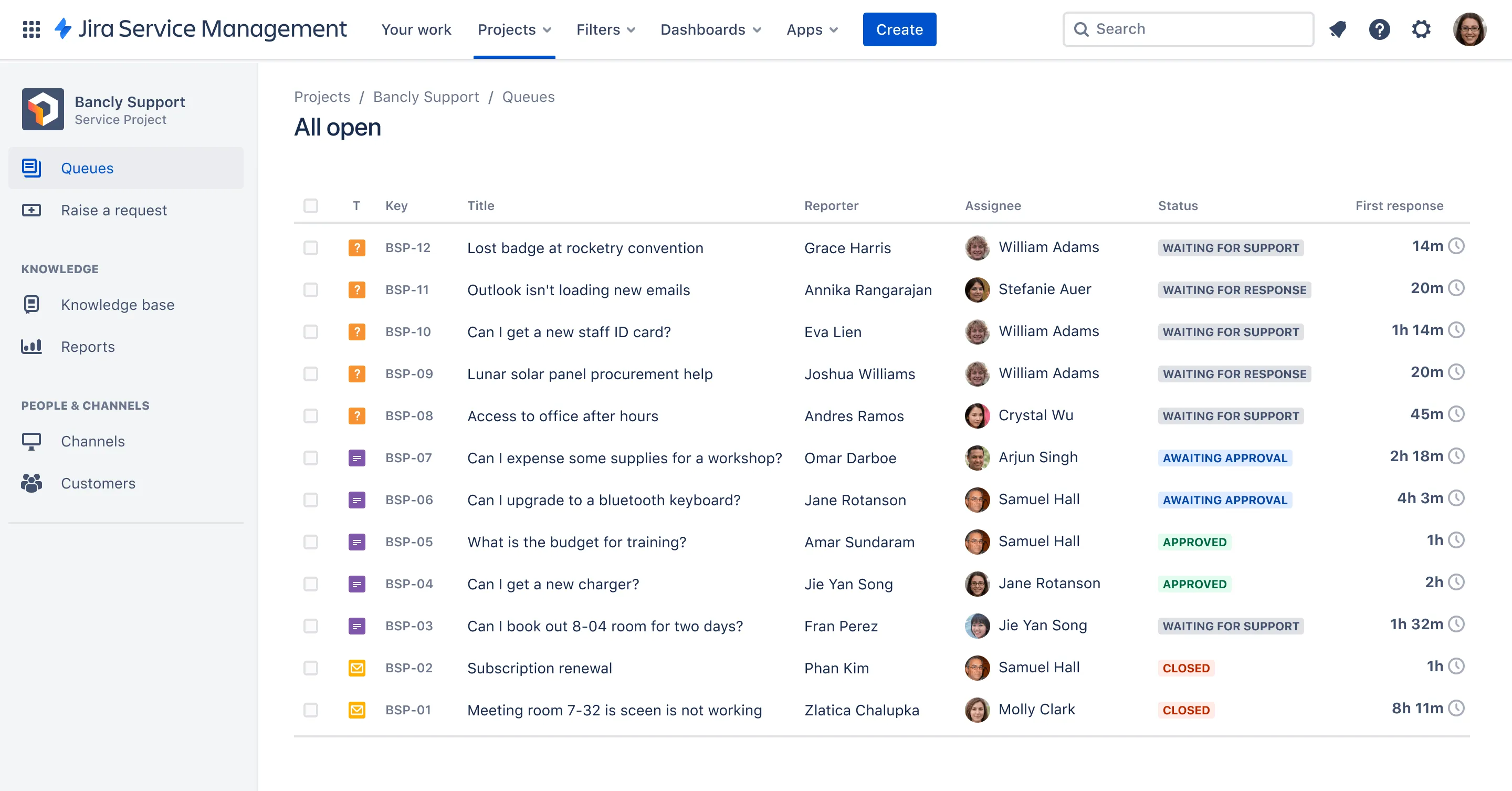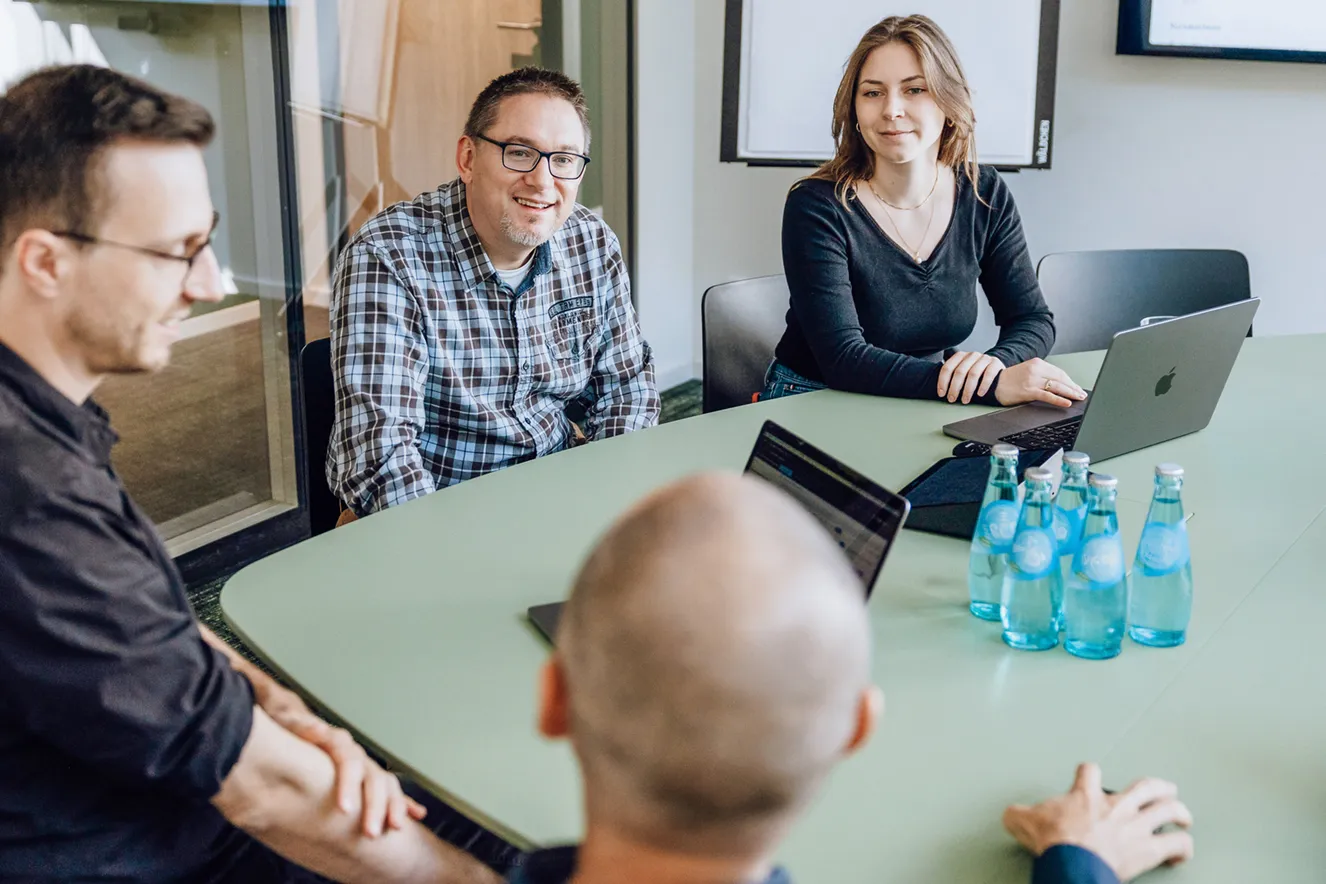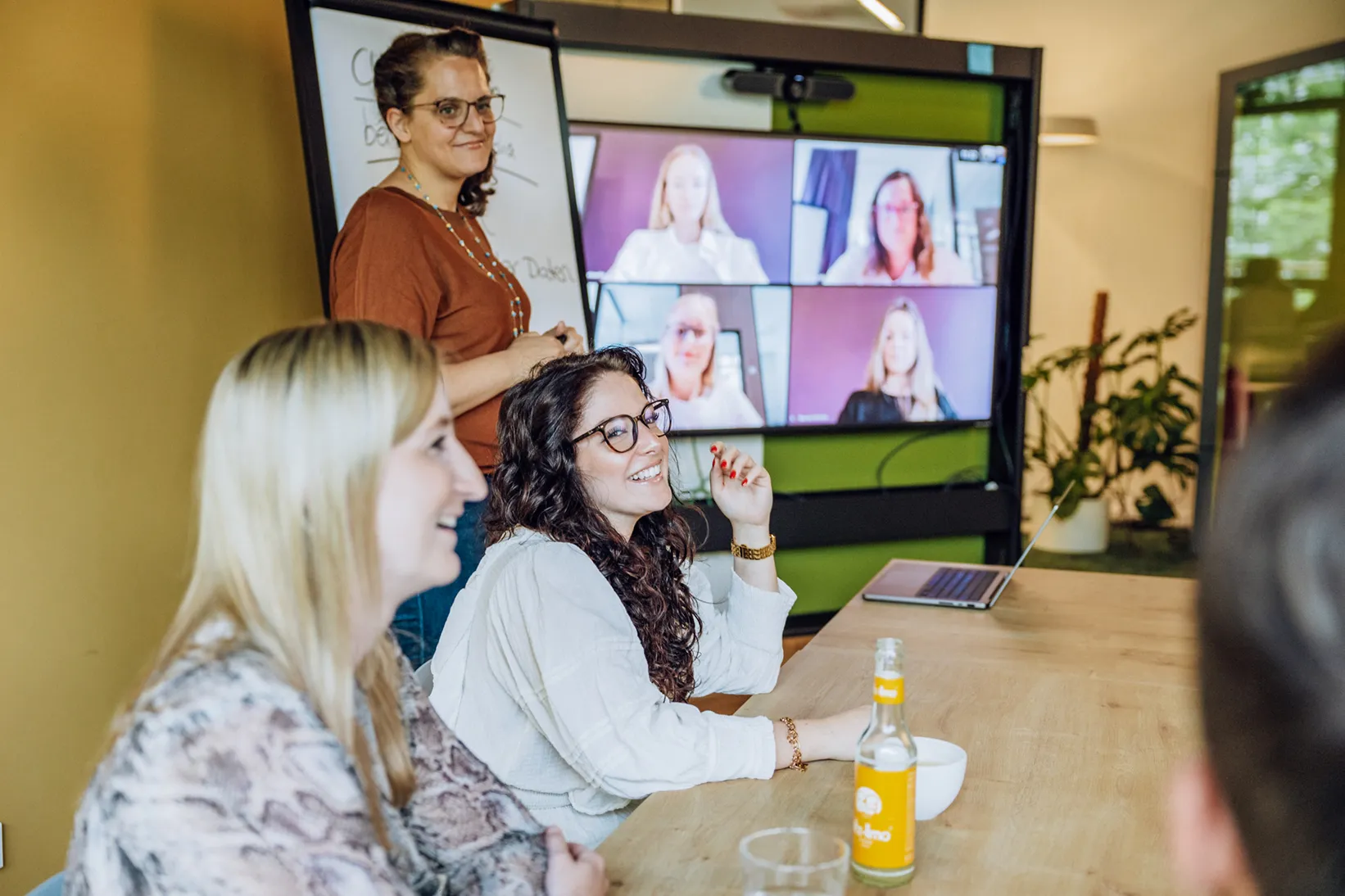Participatory. Transparent. Governance.
The Central Decision Register is a central decision register that transforms how large organizations document, communicate, and manage decisions. Built on Jira, Confluence, and JSM, it enables democratic decision-making with clear accountability and systematic feedback loops.
For organizations with 500+ employees and business relationship with Seibert Group.

Every decision documented, every stakeholder informed.
This system does not replace leadership – but it is an instrument for effective steering in complex organizations. Transform your organization’s decision-making with a central register that provides complete transparency, automated communication, and participatory governance with clear feedback mechanisms.

Martin Seibert
Martin Seibert
CEO, Seibert Group GmbH
We’re still early in developing the Central Decision Register, and not everything is set in stone. I invite you to work on this concept with me — direct contact with stakeholders helps me learn, and your input can directly shape how this decision register is built.
Central Decision Register with Systematic Feedback
The Central Decision Register is currently in active development at Seibert Group, with significant customer influence on product direction. This co-development approach means early adopters get direct input into the final product design while benefiting from a system built specifically for their needs.
Our approach reduces complexity in organizations through clear, visible connections between decisions, their rationale, and their effects – creating systematic feedback loops for organizational learning.
Core Concept: Central Decision Register
Central Decision Register: Every decision in your organization is documented in a central, searchable register that provides complete decision history, clear ownership, stakeholder impact tracking, and automated communication workflows.
Participatory Decision Making: Any employee can make decisions within their authorization scope. Decisions outside authorization are documented but require ratification. This democratic approach includes safeguards through approval workflows.
Systematic Feedback Loops: Clear connections between decisions, their implementation, and their effects enable organizational learning and adaptive steering.
Three Decision Categories: • Strategic: Long-term direction, markets, products (higher thresholds, broader impact) • Operational: Day-to-day business, processes, team organization (medium impact, rapid implementation) • Technical: Tools, architecture, infrastructure (project-specific, expertise-dependent)
Authorization Framework
Individual Limits: Each employee gets specific monetary authorization (e.g., €200). Decisions within limit are immediately valid with no ratification required.
Collective Authorization: Multiple employees can combine authorization (e.g., 3 people = €500) for collaborative decision-making with shared responsibility.
Escalation Process: Decisions exceeding authorization are documented but pending, with automatic routing to appropriate ratification authority based on impact and category.
Category Exclusions: Specific expense categories can be excluded from standard authorization (e.g., private benefit expenses), with customizable exclusion rules per organization.
Technical Architecture
Atlassian Foundation:
• Jira: Decision tracking and workflow management
• Confluence: Structured decision documentation
• Jira Service Management: Request portal for decision submissions
• Automatic linking: Every Jira issue connected to corresponding Confluence page
Integration Stack: • Google Cloud: Recommended hosting and integration platform • n8n: Workflow automation and integration engine • Looker Studio: KPI dashboard and reporting layer
Multiple Entry Points: • Jira Service Management: Formal request type with complete form • Direct Jira Creation: Project-specific decision tracking • Confluence Macro: Embedded decision creation during documentation • Google Chat Bot: Quick decision capture during meetings • Telegram Bot: Mobile and external access • Email Import: Integration with email-based workflows
Stakeholder Management
Affected Groups Definition: Any employee can define affected groups using existing Jira organizational structure. No access restrictions promote transparency and communication.
Notification System: Proactive newsletter-style updates for affected stakeholders with personalized filtering. Employees see only relevant decisions with automatic alerts when decisions are modified.
Time Management: Decisions can have optional duration with automatic review scheduling. Special experiment framework for trial decisions with mandatory evaluation and learning integration.
Override Mechanism: Higher levels can revoke decisions but intervention is optional, not mandatory. Default is to let decisions stand with clear communication of all changes.
Service Delivery
Initial Consultation: Free 30-minute consultation with CEO Martin Seibert to assess system suitability and provide a clear go/no-go decision.
Implementation Options: • Full service: Complete configuration and setup by Seibert Group • Self-service: Customer-driven configuration with guidance • Hybrid approach: Combination based on customer preference • Mandatory collaboration: Customer content input and alignment required
Licensing Model: No license fees - system based on Atlassian configuration. Customer Atlassian licenses required. Google Cloud optional but recommended. n8n hosting recommended for optimal automation.
Current Status: System in pilot phase at Seibert Group with significant customer influence on product direction. Early adopters get direct input into final product design with no license costs during development phase.
Prerequisites & Requirements
Technical Requirements: • Existing Atlassian license (Jira and Confluence access) • Administrative access to configure Atlassian tools • Integration permissions for external tools (n8n, bots) • Established user groups in Jira
Organizational Requirements: • Minimum 500+ employees for complexity justification • Change readiness and willingness to modify decision-making processes • Collaboration commitment and active participation in system development • Transparency culture and openness to visible decision-making
Legal Requirements: • Existing Seibert Group license framework contract required • Understanding of decision data handling and governance • Integration with existing compliance frameworks
From Decision Chaos to Systematic Transparency: Challenges & Solutions
Every organization is unique, but we regularly see and solve these common challenges in decision-making and governance:
Opaque Decision-Making
Important decisions are made behind closed doors, leaving affected stakeholders uninformed and without the opportunity to contribute.
Complete Decision Transparency
Every decision is centrally documented and automatically communicated to all relevant stakeholders—for maximum transparency and trust.
Bureaucratic Decision Processes
Long approval chains and complex workflows delay important decisions and slow down organizational agility.
Democratic Decision-Making with Clear Escalation
Employees can make decisions within their area of authority immediately—with clear escalation paths and systematic feedback loops for broader impact.
Lost Knowledge & Decision History
Important decisions and their rationales are lost, leading to duplication and inconsistent processes without organizational learning.
Central Decision Register with Feedback Loops
All decisions are documented in a searchable register—with complete history, context, and systematic review cycles that enable continuous organizational learning.
Seibert Group in Numbers
Customers Who Trust Us
Ready to Transform Your Decision-Making?









